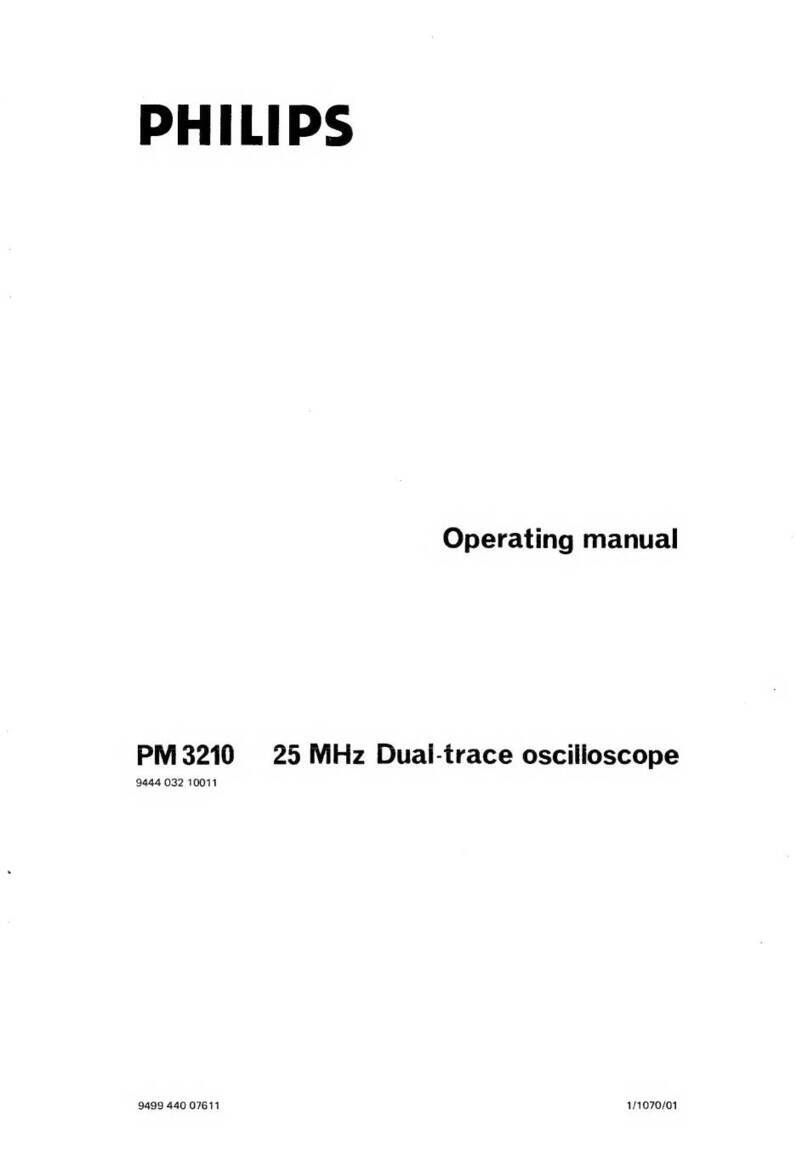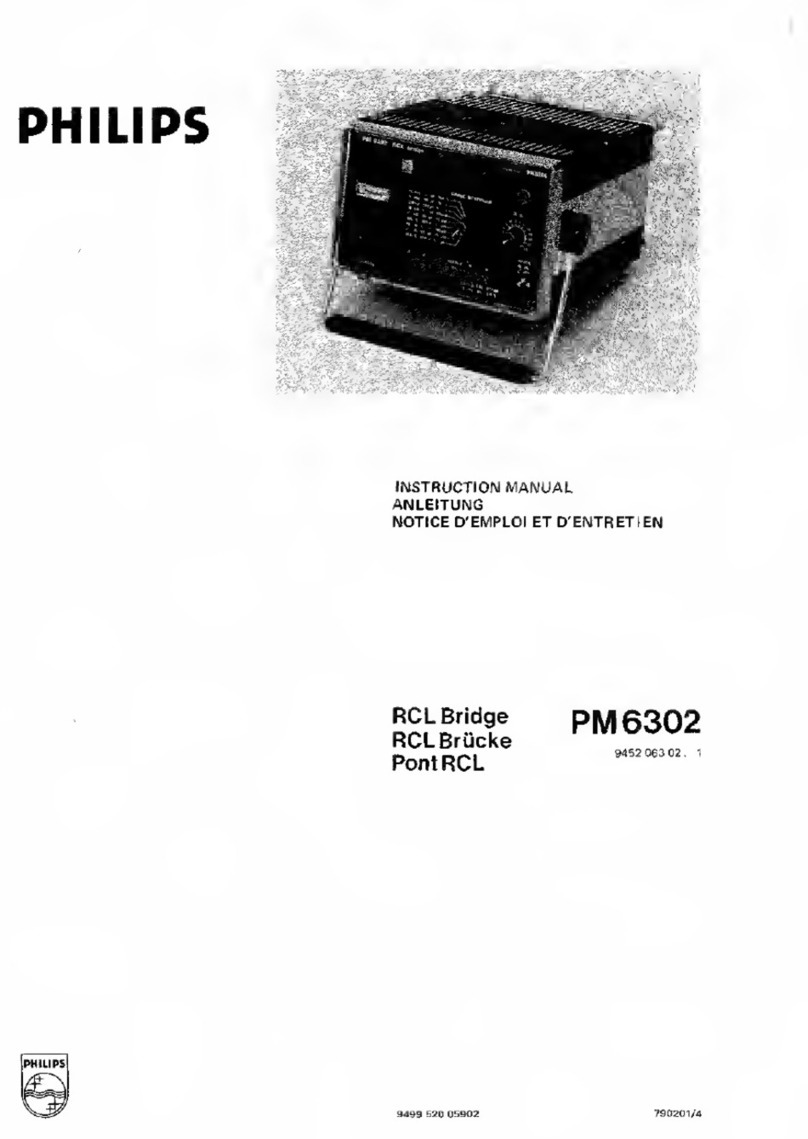Philips PM3055 User manual
Other Philips Test Equipment manuals

Philips
Philips pm3232 User manual
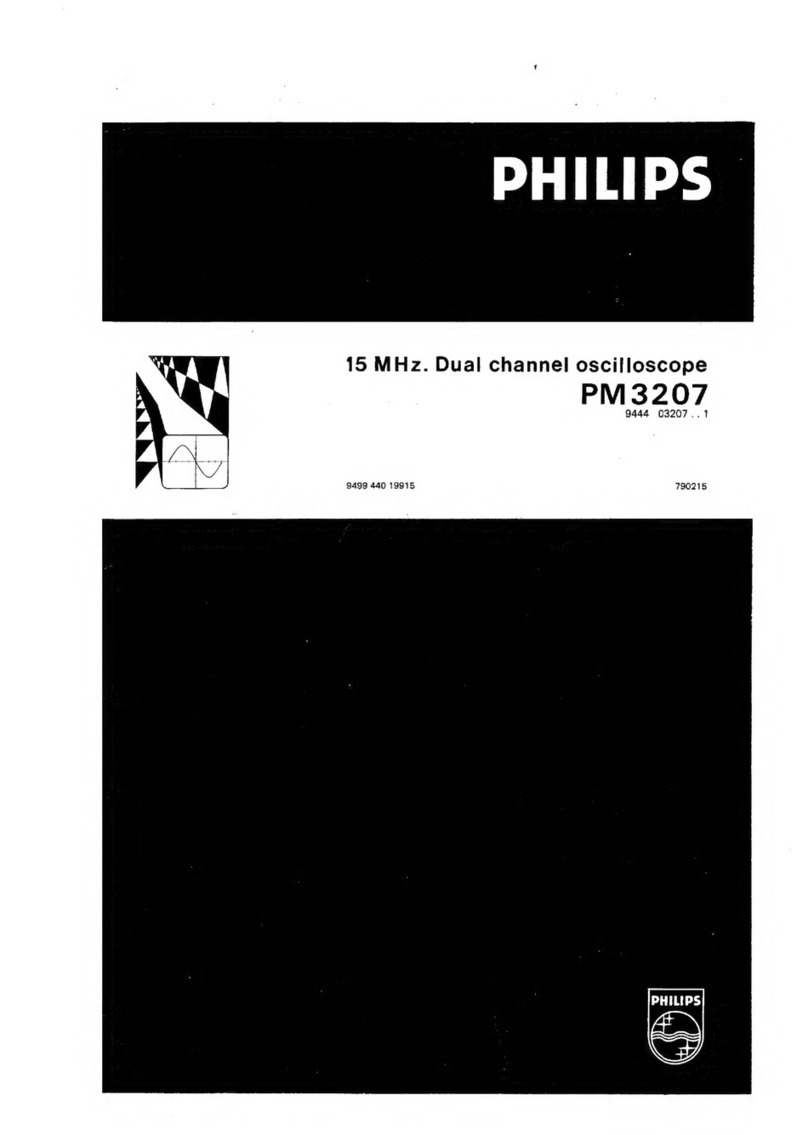
Philips
Philips PM 3207 User manual
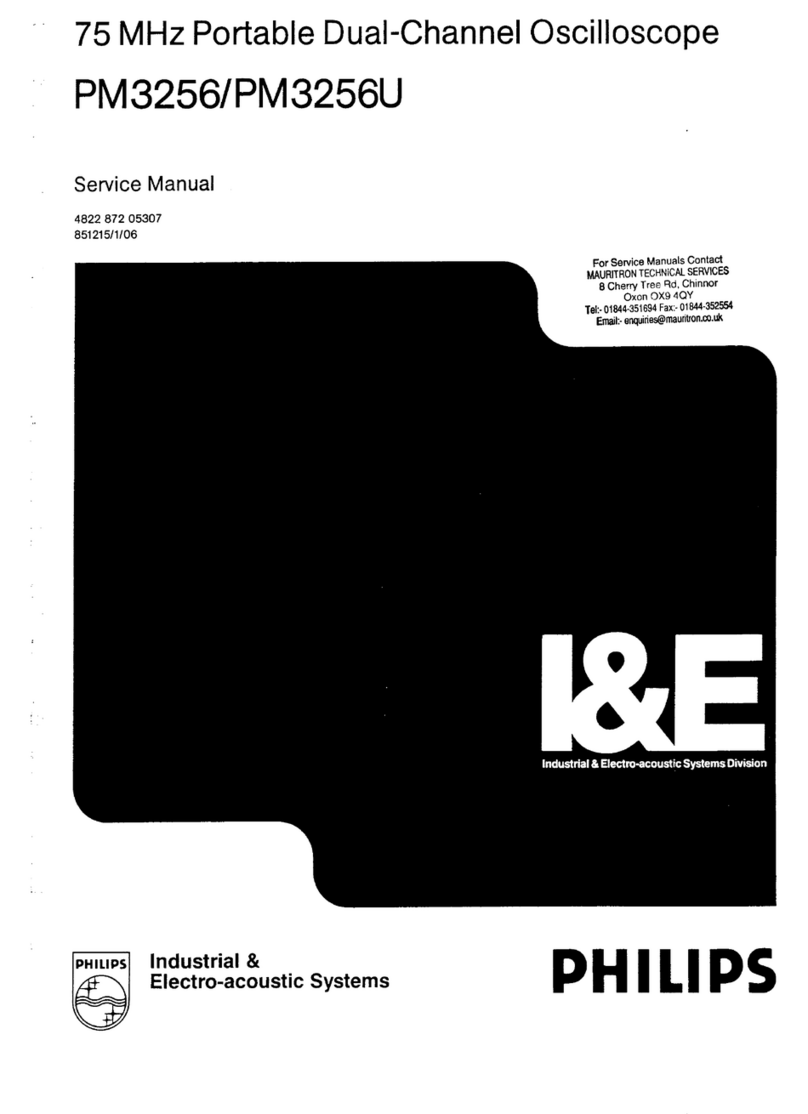
Philips
Philips PM 3256U User manual

Philips
Philips Optimus User manual
Philips
Philips SmartPair Beacon 77-S230 User manual
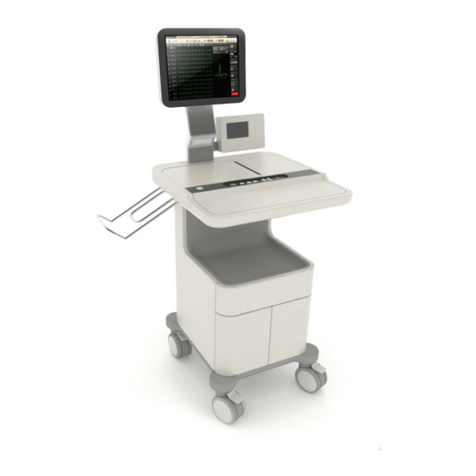
Philips
Philips ST80i User manual

Philips
Philips PM 3266 User manual

Philips
Philips PM 3214 User manual
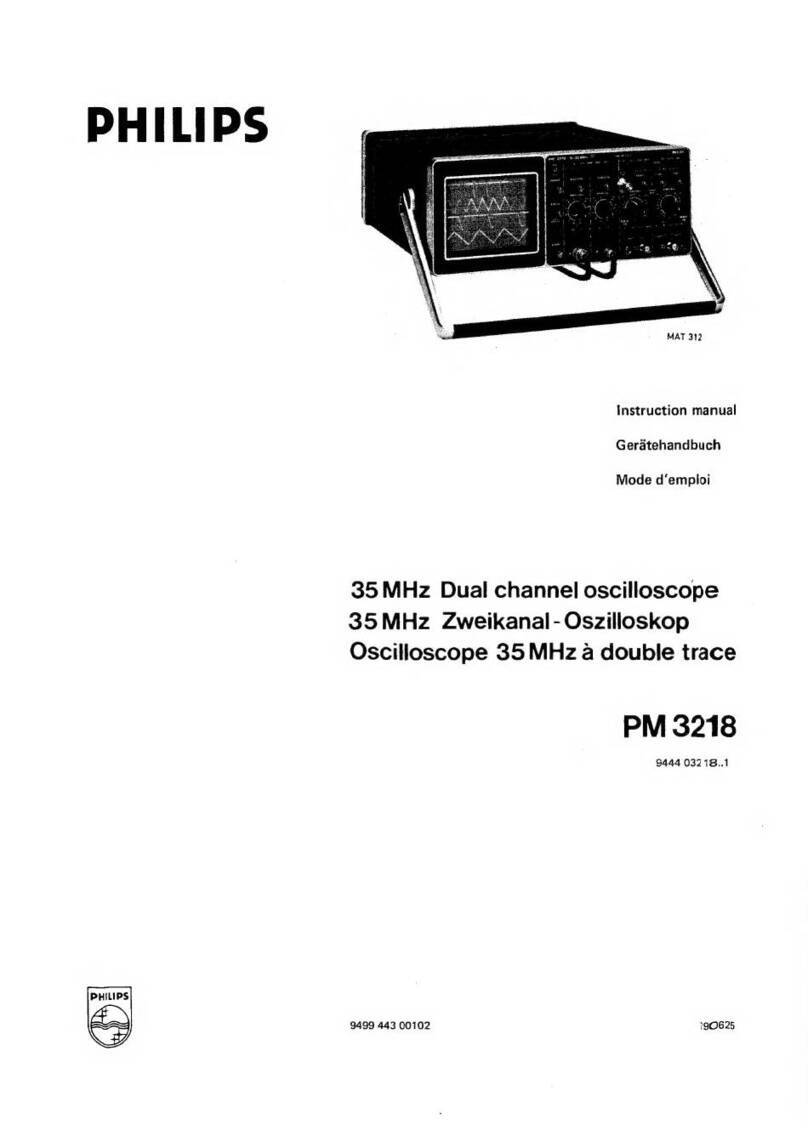
Philips
Philips PM 3218 User manual

Philips
Philips PM 3206 User manual
Popular Test Equipment manuals by other brands

Redtech
Redtech TRAILERteck T05 user manual

Venmar
Venmar AVS Constructo 1.0 HRV user guide

Test Instrument Solutions
Test Instrument Solutions SafetyPAT operating manual

Hanna Instruments
Hanna Instruments HI 38078 instruction manual

Kistler
Kistler 5495C Series instruction manual

Waygate Technologies
Waygate Technologies DM5E Basic quick start guide

StoneL
StoneL DeviceNet CK464002A manual

Seica
Seica RAPID 220 Site preparation guide

Kingfisher
Kingfisher KI7400 Series Training manual

Kurth Electronic
Kurth Electronic CCTS-03 operating manual

SMART
SMART KANAAD SBT XTREME 3G Series user manual

Agilent Technologies
Agilent Technologies BERT Serial Getting started



